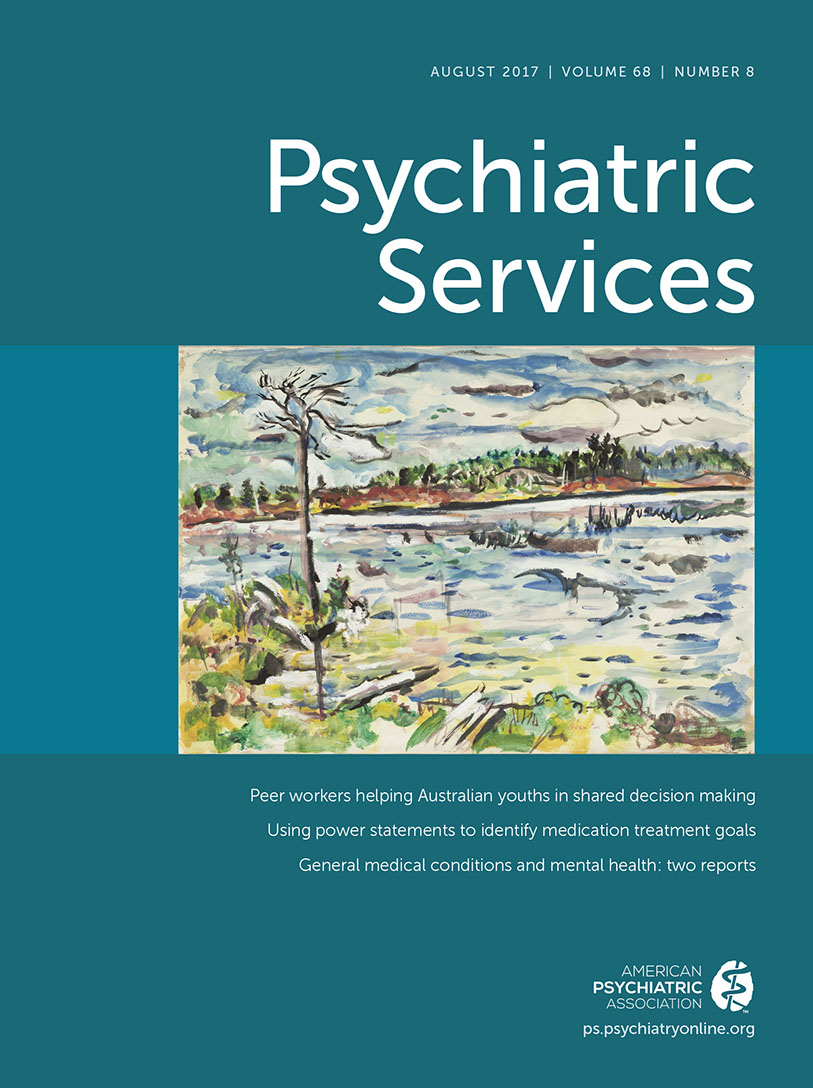An Automated Text-Messaging System to Monitor Emotional Recovery After Pediatric Injury: Pilot Feasibility Study
TO THE EDITOR: We piloted in 2015 an automated daily text-message–based self-monitoring service to track emotional recovery of adults hospitalized after traumatic injury in our level I trauma center (1). Data indicated high feasibility and patient satisfaction with this service, which yielded an 83% participation rate and 63% daily response rate and has since been integrated into standard care within our trauma center. Self-monitoring of symptoms after traumatic events, also characterized as “watchful waiting,” is consistent with best practice guidelines and may improve continuity of care, particularly in trauma centers and other settings in which mental health risk is high and mental health screening and follow-up are generally poor (2). We extended our prior work with adults by examining the feasibility of this approach with adolescents and their caregivers recruited from our level I trauma center.
Nineteen traumatically injured adolescents (ages 11–18 years) and their caregivers were enrolled at the time of their hospital admission. Each adolescent and caregiver received one daily symptom-tracking text over a period of 30 days. Each text administered one item from the well-established Kessler-6 measure of psychological distress (sample item: “How much of the time today did you feel hopeless?”). These messages were sent on a rotating schedule and staggered across participants. Patients were advised that the system was not actively monitored for sensitive or urgent content and that alternative channels should be used for urgent or emergency communications. No sensitive or urgent communications were received throughout the study. Semistructured interviews were administered via telephone one month postinjury. Youths completed the posttraumatic stress disorder and depression modules of the National Survey of Adolescents (3), and caregivers completed the Kessler-6.
Nearly all adolescents (95%, N=18) and all caregivers (100%) responded to at least one text message. The mean±SD daily response rate for adolescents and caregivers was 88%±26% and 97%±6%, respectively. Caregiver and adolescent response rates were moderately correlated (r=.51). Caregiver response rates were associated with caregivers’ own distress at baseline (r=.37) and at one month (r=.41); they were moderately correlated with adolescent PTSD symptoms (r=.43) and depressive symptoms (r=.36). Most adolescents (81%, N=15) and caregivers (58%, N=11) found the messages helpful. Four (21%) adolescents met criteria for PTSD; three (16%) met criteria for depression. These patients received treatment referrals.
These data are encouraging and reflect very high adolescent and caregiver engagement rates, with a daily response rate that was 25 percentage points higher than and that used methodology consistent with what we reported in our pilot with adults. Text-messaging services are highly accessible because approximately 95% of the total U.S. population owns a cell phone. Integrating such services into routine trauma care therefore appears to be highly feasible and consistent with recommendations from the American College of Surgeons 2014 guidebook (4) to screen for emotional recovery after injury. Moreover, because text-messaging systems can be automated with low cost to maintain, this approach has the potential to be efficiently integrated into stepped-care models to monitor and facilitate emotional recovery after traumatic injury. Finally, this approach has relevance to a wide range of vulnerable populations, such as disaster survivors, primary care patients, and others for whom stepped-care intervention models might be suitable.
1 : A feasibility pilot study on the use of text messages to track PTSD symptoms after a traumatic injury. General Hospital Psychiatry 36:249–254, 2014Crossref, Medline, Google Scholar
2 : Screening and intervention for comorbid substance disorders, PTSD, depression, and suicide: a trauma center survey. Psychiatric Services 65:918–923, 2014Link, Google Scholar
3 : Violence and risk of PTSD, major depression, substance abuse/dependence, and comorbidity: results from the National Survey of Adolescents. Journal of Consulting and Clinical Psychology 71:692–700, 2003Crossref, Medline, Google Scholar
4



